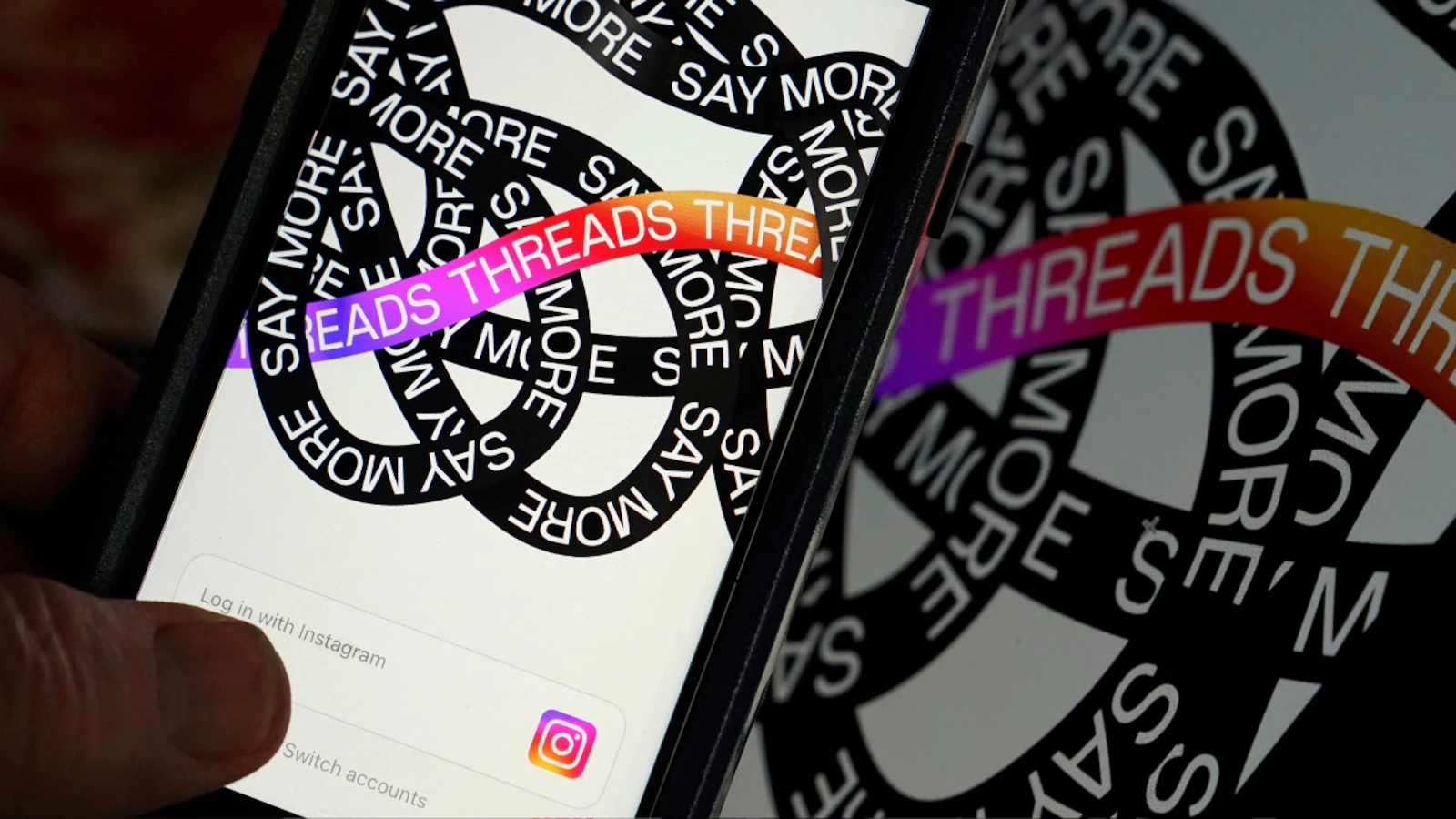With the advent of digitalisation, modification has become an inevitable part of life. Many sectors across the globe have adopted the changes that have taken place over time, and the education industry is no exception. Education and learning have shifted dramatically online since the pandemic.
Plenty of stakeholders, including the government, institutions, academics, and experts, have proposed various methods and approaches to improve the quality, simplicity, accessibility, and future readiness of education. Until last year, the idea of students and teachers learning online and outside of classrooms seemed farfetched.
However, that is no longer the case. The integration of technology with education has been redefined and reshaped so that learning can continue even when education and learning institutions are closed. As each ambitious period is followed by a new beginning, the education sector has also been experiencing and experimenting with the arrival of newness.
CONCEPT OF HYBRID LEARNING
Over time, alterations have become part and parcel of our lives and working conditions. This is where online learning gave rise to the concept of a hybrid learning education model. The implementation of hybrid learning has been tested and resulted successfully in the overall market. It has also gained traction in India as we have moved closer to the new normal.
With the paradigm shift, the pedagogic institution has also adopted hybrid learning. However, the shift in our perspective on teaching and learning will have a significant impact on the education system in the coming years.
The hybrid learning education model will provide a fantastic opportunity for the country to create and expand online learning management systems. The need for technology-based solutions that furnish hybrid learning and replicate a physical classroom is imperative.
Recent experience has shown that online teaching alone does not work and has resulted in learning losses. In the scenario, the hybrid learning education model seeks to address this issue. The hybrid model provides exceptional flexibility and freedom to students and mentors, enabling students to choose a learning style that suits them.
As we are proceeding toward normalisation, educational institutions are resurfacing with a bang and utilising the hybrid learning model. In this process, a student attends physical school in batches. The transition from traditional to online education, and now to a hybrid model, has had an impact on students, parents, mentors and educators.
Here are some ways to engage and personalise education with hybrid learning:
FOCUS ON BOTH IN-CLASS & REMOTE LEARNING
Hybrid learning is the process of teaching in two groups, one in person and one online for remote students, with the same online learning material. Simply put, hybrid learning can take place both remotely and physically.
Nonetheless, with the same online material available to all students, mentors can easily keep an eye on remote learners and focus on them by establishing meaningful interactions and conversations, just as they do with in-class students. As a result, having every student in the discussion with the engaging material will result in a better learning experience than trying to keep them moving back and forth.
INTERACTIVE LEARNING
The changing landscape means the need to transform with new trends is becoming an all-encompassing journey. Students can easily understand concepts that have been simplified and made interactive. As a result, students can learn more effectively through experience than through the traditional chalk-and-duster method of teaching. Furthermore, as new trends emerge, such as interactive learning through experiments and activities, they aid in increasing student productivity. It also includes live classes and lectures on educational apps, with a teacher available online to answer questions and explain concepts. Therefore, interactive learning is fun and ideal for concept clarification and problem-solving.
DIGITISED LEARNING
The education sector went online last year, and most students and teachers have made the internet, mobile phones, and video platforms their best friends. The style of the learning ecosystem has changed by emphasising online materials such as e-books, video lectures, documentaries, and other content that keeps students glued to the screen while they learn.
Mentors can now also capitalise on students’ technological skills in the competitive era with online materials. Furthermore, virtual experiments and the sharing of application-based videos have become game changers in subjects like science, which traditionally require laboratories or demonstrations. Thus, educational institutions can now use visual tools to teach in order to increase engagement and retention.
VERNACULAR CONTENT
As we all know, India is a diverse country with numerous languages. Many educators today believe that learning in one’s mother tongue both accelerates and broadens learning. Hence, to avoid conceptual gaps, educational applications, video content, and other materials should be made available in the student’s native language. Using technology to deliver regional language education can boost student participation and comprehension, ultimately improving grades.
INDIVIDUAL MENTOR SUPPORT
Since no two students are remarkably similar, mentor support is required for each student. Educators must ensure that students don’t lose interest in their fun learning journey or become concerned about falling behind their classmates or friends. Expert assistance should be available to students, whether online or in person. Mentors now can create custom quizzes or fun activities to ensure individualised student understanding. Hence, mentorship assists students in clarifying their doubts, monitoring their performance and achieving their learning objectives.
PAVING THE WAY FOR THE FUTURE
As information technology and digitisation in education become prevalent, hybrid learning will become an essential component of education. Language apps, video tutoring, and educational software are all examples of hybrid learning tools, are gaining popularity. In a nutshell, both students and mentors have developed a strong preference for the model due to its flexibility, clarity in concept delivery and development of qualities with real-world applications.
(The author is the founder & CEO of MentorKart)


 Opinion3 years ago
Opinion3 years ago
 Entertainment8 years ago
Entertainment8 years ago
 Entertainment8 years ago
Entertainment8 years ago
 Fashion8 years ago
Fashion8 years ago
 Opinion4 years ago
Opinion4 years ago
 Entertainment8 years ago
Entertainment8 years ago
 Politics8 years ago
Politics8 years ago
 Entertainment8 years ago
Entertainment8 years ago









